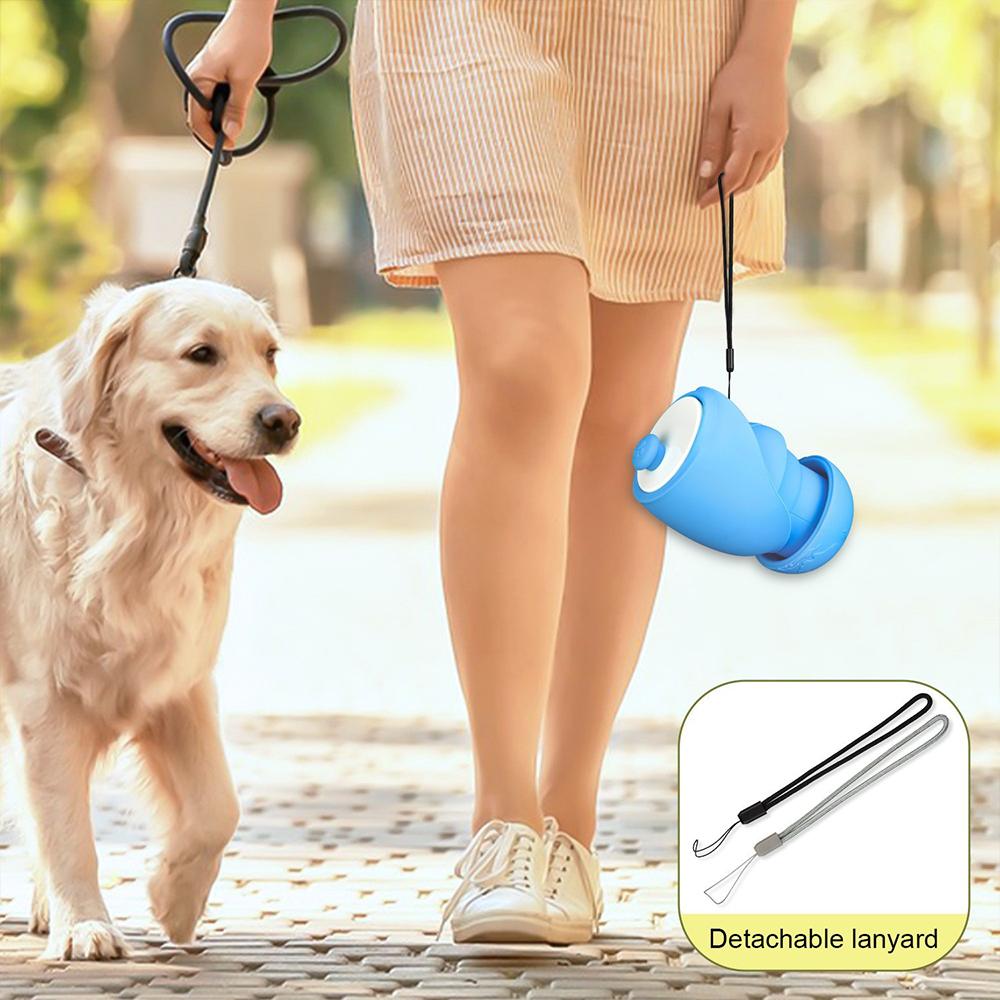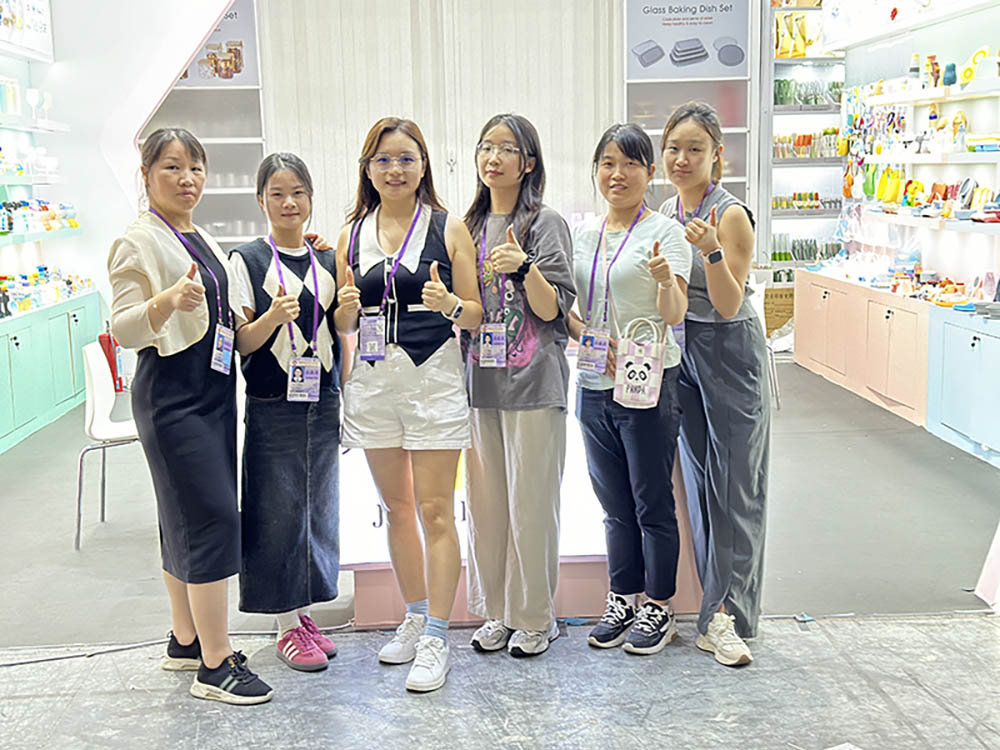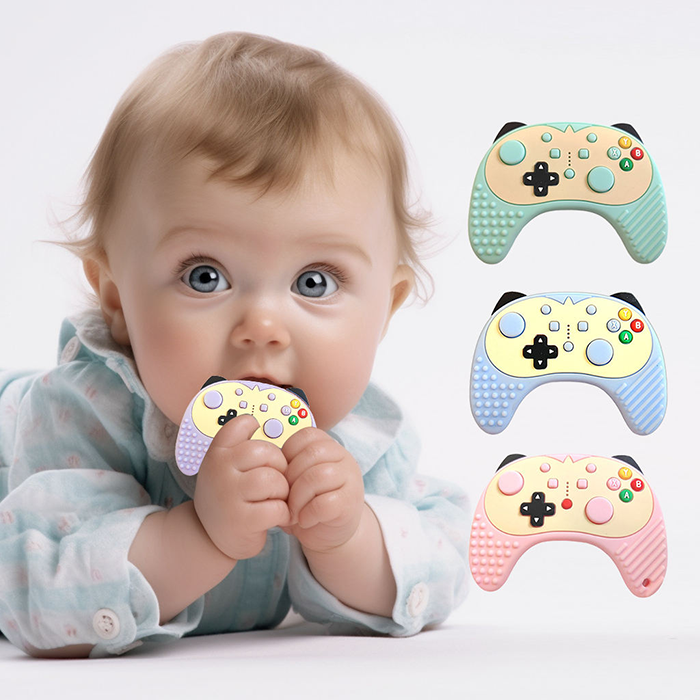Inhalt
Why Toddler Bento Boxes Are Becoming Essential for Modern Families
The global bento box market is projected to grow at a CAGR of 8.43%, reaching $1.27 billion by 2030, driven by rising demand for portion-controlled, eco-friendly meal solutions. For toddlers, these containers offer more than just food storage—they address parents’ needs for convenience, safety, and developmental support. Unlike traditional lunch boxes, toddler-specific designs consider smaller portion sizes, easier grip handles, and compartments that make eating more engaging for little hands.
Silicone has emerged as a preferred material, with parents praising its “lightweight yet durable” nature compared to glass or plastic alternatives. One long-term user noted: “After 6 years of use, my silicone lunch box still performs perfectly—it’s survived drops, microwaves, and even a mouse bite!”. This durability aligns with the growing preference for sustainable products that withstand years of daily use.
Key Features Parents Look for in a Toddler Bento Box
Safety First: Non-Toxic Materials Matter Most
Every parent prioritizes food safety. BPA-free silicone meets this demand, as it contains no harmful chemicals that could leach into food, especially important for toddlers’ developing systems. Microwave-safe and dishwasher-safe properties rank high in purchase decisions, with 78% of parents in a 2024 survey citing easy cleaning as a must-have feature.
Smart Design for Tiny Hands and Big Messes
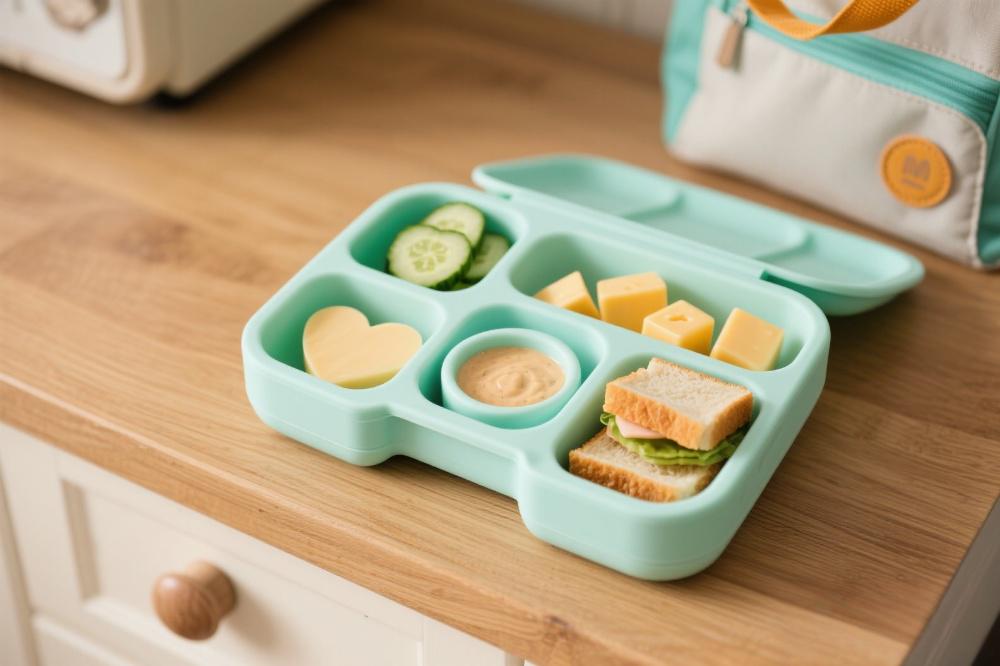

Compartmentalization tops the list of functional requirements. The OmieBox, a parent favorite, wins praise for its “adjustable dividers that keep strawberries from soaking crackers”. Other critical design elements include:
- Leak-proof seals (requested by 92% of daycare parents )
- Insulated sections for temperature control
- Attachable lids to prevent loss
- Rounded edges for safe self-feeding
Asian markets particularly value compact, stackable designs for space efficiency, while North American buyers often seek larger compartments for Western-style meals
Portability Meets Parental Sanity
Parents juggling multiple children appreciate lightweight solutions. As one mom shared: “I need to pack four lunch boxes and eight water bottles before 8:30 AM—weight makes all the difference”. Features like foldable sides (reducing volume by 40% when empty ) and integrated carrying straps solve real-world problems during school runs or park outings.
Silicone vs. Other Materials: Why It Wins for Toddler Use
Compared to plastic or stainless steel, silicone offers unique advantages:
| Merkmal | Silikon | Kunststoff | Rostfreier Stahl |
| Gewicht | Lightest | Light | Heavy |
| Durability | High (6+ years ) | Moderate | Very High |
| Temperature | -40°C to 220°C | Varies | Conducts heat |
| Safety | Non-toxic | May contain BPA | Metal taste risk |
| Eco-Friendliness | Reusable 1000+ times | Often single-use | Long-lasting |
Notably, silicone’s heat resistance prevents the “burned fingers” issue reported with metal containers, while its flexibility allows for creative shapes that appeal to toddlers—think dinosaur compartments or fruit-shaped lids.
How Cultural Preferences Shape Bento Box Designs
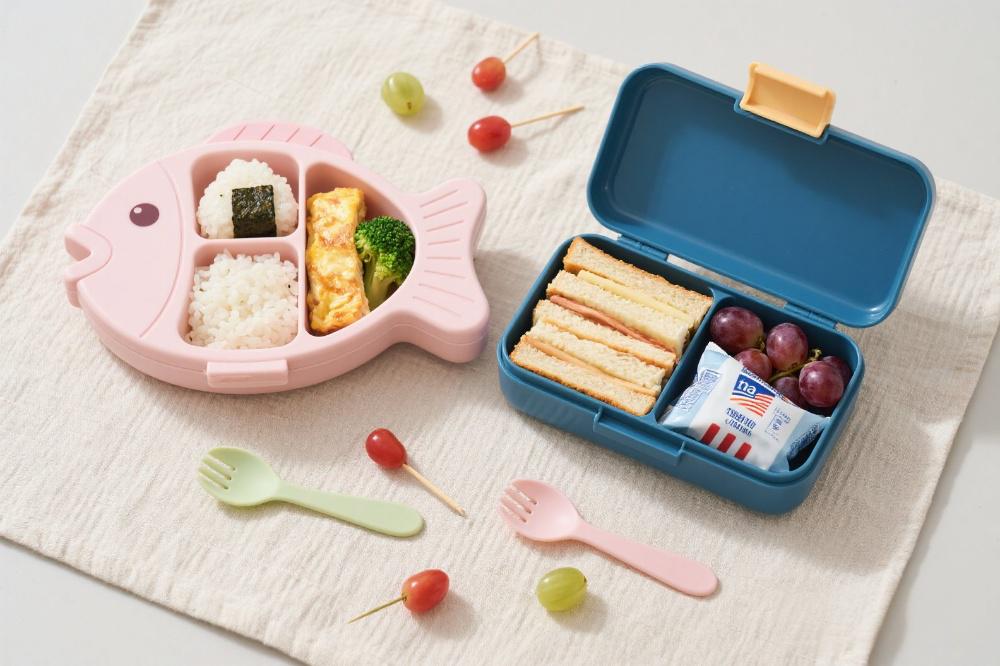

Regional differences significantly influence product specifications:
Asia-Pacific (60% of market share )
- Preference for authentic Japanese-style partitions
- Bright colors with anime/chibi characters
- Emphasis on chopstick-friendly compartments
North America (growing at 7.2% CAGR )
- Demand for larger sandwich sections
- Neutral colors that blend with school backpacks
- Interest in portion-control features for healthy eating
Europe (eco-conscious segment )
- Strong preference for natural, muted tones
- Recyclable packaging requirements
- Appetite for minimalist Scandinavian designs
One Singaporean parent’s feedback captures the Asian perspective: “The bento box isn’t just a container—it’s how I show love through food art every morning”.
Customization Opportunities for Bulk Buyers
For businesses ordering 500+ units, several customization avenues deliver competitive edges:
1.Brand Alignment
- Color matching to corporate identities
- Logo embossing on lids or straps
- Themed sets (e.g., zoo animals for preschool chains)
2.Functional Adaptations
- Adjustable divider systems for different meal plans
- Integrated ice packs for hotter climates
- Detachable sauce containers with spill-proof nozzles
3.Packaging Innovations
- Stackable retail-ready boxes
- Educational inserts about healthy eating
- QR codes linking to meal prep ideas
A successful 2024 collaboration saw a Korean brand increase repeat orders by 300% after introducing K-pop idol-themed lunch box sets with matching water bottles.
Addressing Unspoken Parental Pain Points
Beyond physical features, parents seek solutions to emotional challenges:
- The “Lunch Box Anxiety” Phenomenon
Many worry about their child being the “only one without trendy containers.” As one buyer noted: “I upgraded to OmieBox after my son said everyone’s boxes ‘click shut’ but his”. Offering contemporary designs with subtle prestige cues (e.g., magnetic closures) alleviates this social pressure. - The Daycare Compliance Puzzle
Nut-free schools require specific configurations. A Canadian parent shared: “Our JK (junior kindergarten) mandates transparent containers—I had to find silicone boxes with clear lids”. Proactively addressing these regulations in product descriptions builds trust. - The “Will They Eat It?” Dilemma
Compartmentalized designs indirectly encourage balanced eating. One mother reported: “The divided sections make my toddler try everything—it’s like a tasting menu”. Including nutritionist-approved layout suggestions (e.g., protein in the largest section) adds value.
The Future of Toddler Bento Boxes: Emerging Trends
1.Tech Integration
- Temperature-sensitive color changers (indicate when food cools)
- RFID tags for daycare inventory tracking
- Built-in portion measurement guides
2.Enhanced Sustainability
- Plant-based silicone alternatives
- Solar-powered heating elements
- Closed-loop recycling programs
3.Developmental Features
- Texture variations to stimulate tactile learning
- Numbered compartments for counting practice
- Removable puzzle pieces on lids
Industry leaders predict the “smart bento box” segment will grow 12% annually through 2030, particularly for premium markets.
Why Partner with a Specialized Manufacturer?
While retail options abound, customized solutions offer distinct advantages:
- Consistency – Uniform quality across large orders (critical for schools or subscription meal services)
- Cost Efficiency – Lower per-unit costs at 1000+ quantities
- Exclusivity – Unique designs that competitors can’t replicate
- Adaptability – Quick iterations based on user feedback
One preschool chain reduced waste by 40% after switching to custom-sized bento boxes matching their meal program’s exact portions.
For wholesalers and distributors, the opportunity lies in addressing these nuanced needs through tailored solutions, because when it comes to toddlers, every detail matters from the lunchbox to the last blueberry.

